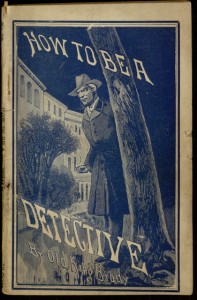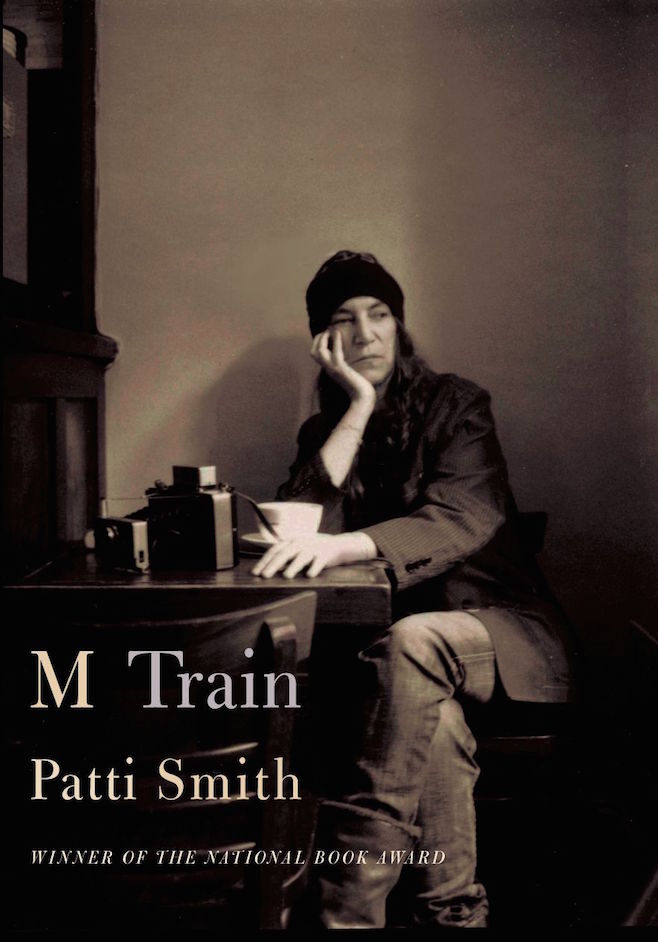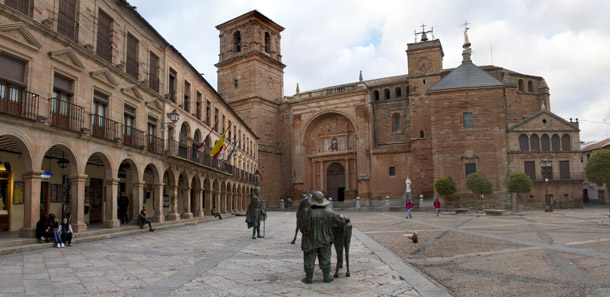Dig Deeper: Careers in International Development Day 2015
Careers in International Development Day at the Connelly Center is not your usual job fair – it’s a symposium designed for career exploration and a perfect event for students interested in pursuing careers that address global poverty and related issues. Lindsay Coates, Executive Vice President of InterAction, an alliance of 190 International Non-governmental agencies will open the day at 1:30 p.m. in the Cinema with an overview of the changes, challenges, and opportunities in the field. From 2:30-4:30 p.m. in the Villanova Room, professionals representing a variety of career paths, including the UN, USAID, Social Entrepreneurship, Impact Investing, Global Health and others will meet students in roundtable breakouts (repeating every 30 minutes) to share their professional experience and offer advice on what students need to get a foot in the door. In the Villanova Room Market Stall area, students can meet one-on-one with representatives from graduate programs, post-graduate overseas internship and volunteer opportunities and relevant VU curricular and extra-curricular programs from 2:30-4:30 p.m.
Catholic Relief Services organized and will host the event in partnership with Villanova University, the College of Nursing Center for Global and Public Health, the Villanova School of Business, the VSB Center for Global Leadership, the Career Center, the College of Liberal Arts and Sciences, the College of Engineering, the Office of Mission and Ministry and the Southeastern Pennsylvania Consortium for Higher Education.
Dig Deeper
The library’s collection includes many books, article databases and statistical sources about international development. For the policy wonk, Columbia International Affairs Online includes full-text case studies, policy briefs, scholarly articles and books. Public Affairs International Service (PAIS) is an article database covering similar territory. Because international development is truly interdisciplinary, academic research on international development can be found in many specialized databases, such as PubMed for health, EconLit for economics, and Compendex or Inspec for engineering.
Since 1990 the United Nations has published the Human Development Report, which identifies trends in development, and the Index, which is a tool used to assess country level development in terms of life expectancy, education and income. The Organization for Economic Cooperation and Development publishes numerous books and statistical series on development in many dimensions all available in the OECDiLibrary. AidData.org takes a data driven approach to improving outcomes by publishing datasets, visualizations and reports.
Villanovans across the disciplines are engaged in research on various aspects of development aid. Suzanne Toton, EdD, writes about Catholic relief, world hunger and social justice. The writing of Kishor Thanawala, PhD, explores economic development and justice. Latin American Development is the area of expertise of Satya Pattnayak, PhD. Jonathan Doh, PhD, is a prolific researcher on nongovernmental organizations and global corporate responsibility. Christopher Kilby, PhD, is a thought leader on the economics of foreign aid. Ruth McDermott-Levy, PhD, is a practicing nurse, educator and researcher on international community health.
Careers in International Development Day speakers represent a variety of organizations, all with interesting web sites well worth exploring with links below:
Alliance to End Hunger
InterAction
United States Agency for International Development USAID
Doctors Without Borders
Norwegian Peacebuilding Resource Center
Catholic Relief Services
Uhl & Associates
TriLinc Global
Oiko Credit
Village Capital
Acumen
Amigos de Jesus
Augustinian Volunteers
Catholic Volunteer Network
Catholic Relief Services
Jesuit Volunteers
Maryknoll Lay Missioners
Mennonite Central Committee
Mercy Volunteer Corps
Peace Corps
Profugo
Unite for Sight
 Article by Linda Hauck, MS, MBA, business librarian and team coordinator for the Business Research team.
Article by Linda Hauck, MS, MBA, business librarian and team coordinator for the Business Research team.

























